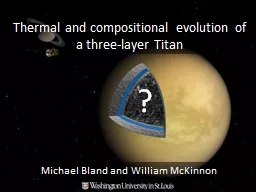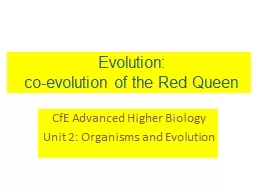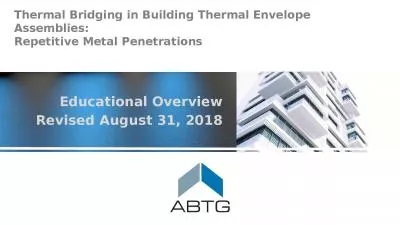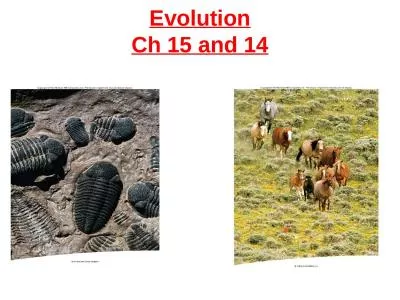PPT-Thermal and compositional evolution of a
Author : tatiana-dople | Published Date : 2016-11-13
threelayer Titan Michael Bland and William McKinnon CMR 2 034 18798 kg m 3 Fortes 2012 Jacobson 2006 Iess et al 2010 Constraints on Titans internal structure
Presentation Embed Code
Download Presentation
Download Presentation The PPT/PDF document "Thermal and compositional evolution of a" is the property of its rightful owner. Permission is granted to download and print the materials on this website for personal, non-commercial use only, and to display it on your personal computer provided you do not modify the materials and that you retain all copyright notices contained in the materials. By downloading content from our website, you accept the terms of this agreement.
Thermal and compositional evolution of a: Transcript
Download Rules Of Document
"Thermal and compositional evolution of a"The content belongs to its owner. You may download and print it for personal use, without modification, and keep all copyright notices. By downloading, you agree to these terms.
Related Documents














